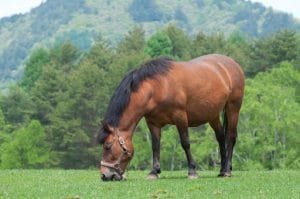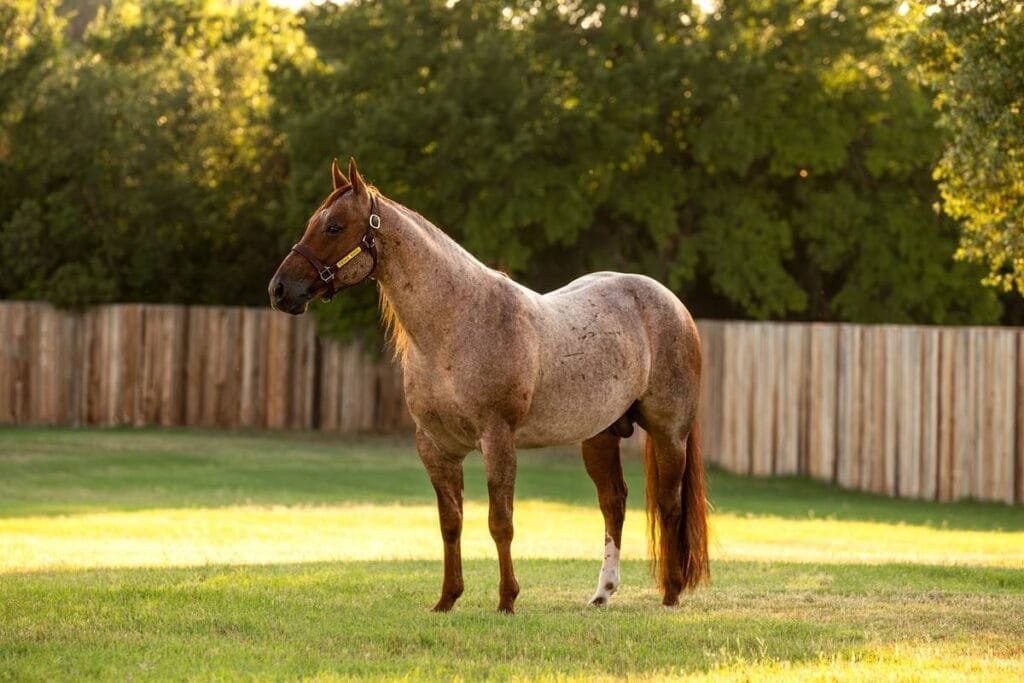Discovering the Kiso Horse: Japan’s Hidden Treasure
he Kiso horse is more than just a breed; it is a living link to Japan’s history and culture. Through ongoing conservation efforts and public engagement, this remarkable horse continues to thrive, reminding us of the enduring bond between humans and animals throughout history.
History
The Kiso horse’s history stretches back over 1,000 years. Originating from the Kiso Valley, this breed was crucial in the development of Japan’s feudal society. Traditionally, Kiso horses were used as pack animals, transporting goods across the rugged mountainous terrain of the region. Their strength and endurance made them invaluable to farmers, merchants, and even samurai.
Despite their historical importance, the Kiso horse has faced challenges. With the advent of modern transportation and mechanization, their numbers dwindled. Thankfully, dedicated breeders and enthusiasts have worked hard to preserve this unique breed.
Feature details
| Feature | Details |
|---|---|
| Origin | Kiso Valley, Nagano Prefecture, Japan |
| History | Over 1,000 years old; historically used as pack animals and in feudal Japan |
| Height | 13 to 14 hands high (1 hand = 4 inches) |
| Build | Sturdy, well-muscled, designed for mountainous terrain |
| Coat Colors | Solid colors, commonly chestnut, black, or other shades |
| Manes and Tails | Thick and flowing, providing protection from harsh weather |
| Temperament | Calm, gentle, intelligent, easy to train |
| Trainability | Versatile; used for riding, working in forests, participating in festivals |
| Conservation Status | Efforts by Kiso Horse Preservation Society and other organizations to prevent extinction |
| Cultural Significance | Symbol of Japan’s heritage; featured in festivals and local events |
| Modern Role | Conservation, educational initiatives, and cultural celebrations |
Physical Characteristics
The Kiso horse is a small to medium-sized horse, standing about 13 to 14 hands high (a hand is 4 inches). They are known for their sturdy build and sure-footedness, traits that were essential for navigating the mountainous terrain of their native region. Their coats are usually a solid color, often ranging from chestnut to black.
One of the most notable features of the Kiso horse is its thick, flowing mane and tail. This not only adds to their majestic appearance but also helps protect them from the harsh weather conditions they often face in the highlands. Their legs are strong and well-muscled, designed to carry heavy loads over long distances.
Temperament and Trainability
Kiso horses are renowned for their calm and gentle temperament. They are intelligent and easy to train, which makes them excellent companions for both novice and experienced riders. Their friendly nature and strong bond with humans are part of what endears them to those who work with them.
Their trainability extends beyond just riding. Kiso horses can be trained for various tasks, including working in forests and participating in traditional Japanese festivals. Their ability to adapt to different roles showcases their versatility and enduring appeal.
Conservation Efforts
Efforts to conserve the Kiso horse are ongoing and crucial. The Kiso Horse Preservation Society, along with other organizations, works tirelessly to ensure that this historic breed does not disappear. These efforts include breeding programs, educational initiatives, and public awareness campaigns.
Visiting the Kiso Valley offers a unique opportunity to see these horses in their natural habitat. Local festivals and events often feature Kiso horses, allowing people to appreciate their beauty and importance firsthand. These events also help raise awareness about the breed and the need for its preservation.
The Kiso Horse Today
Today, the Kiso horse continues to capture the hearts of many. They are celebrated not only for their historical significance but also for their role in modern Japanese culture. Whether in traditional ceremonies or as part of conservation programs, the Kiso horse remains a symbol of Japan’s rich heritage.
For those interested in equestrian sports or simply in learning about different horse breeds, the Kiso horse offers a fascinating glimpse into Japan’s past and present. Their enduring spirit and historical significance make them a true treasure of the Kiso Valley.






